From grand halls steeped in history to cafés that were once crypts, there are many things people don’t know about London’s wide range of unique and iconic venues.
Interesting locations across the capital offer something extra for visitors, beyond exquisite dining spaces and magnificent rooms for conferences and galas; event guests have the opportunity to experience the hidden gems found only in London’s most prestigious cultural and historic landmarks.
This week, six venues reveal their biggest and most unusual secrets…
The eminent Great Hall at Lincoln’s Inn is cloaked in art and history, with each embellished crevice and corner telling an interesting story. Lending itself to the grandeur of banqueting for up to 250 guests, the spectacular artistry, high vaulted ceilings and stunning stained-glass windows set the scene for a remarkable occasion.
Guests at Lincoln’s Inn can explore a gallery of paintings through the ages with masterpieces that have been collected over the past 300 years. Proudly taking centre stage in the Great Hall is one of the venue’s most prized possessions – one of few remaining intact frescos in the UK. The painting, by GF Watts was completed over a period of seven years due to disruptions from the thick London fog that infiltrated buildings and halted painting at times between 1852-1859. The subject, ‘Justice: A Hemicycle of Lawgivers’, chosen by Watts himself depicts great lawgivers from history overlooked by three statues: Truth, Mercy and Justice. The painting, some 45 feet wide by 40 feet tall, serves as a vastly impressive backdrop for banquets and receptions for up to 400 people.
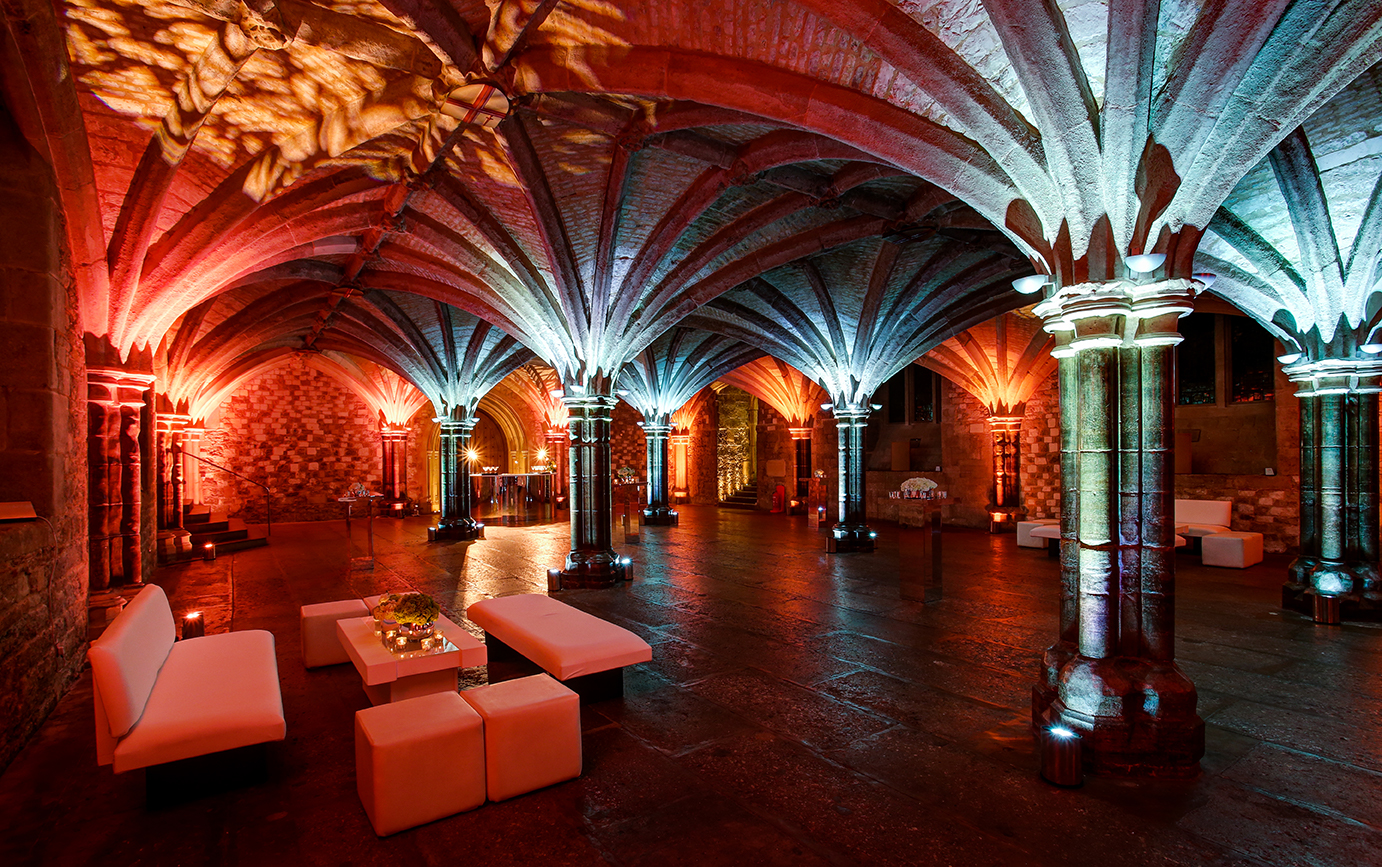
The Great Hall (whose 1953 roof – its fourth – was built from 134 oak trees) was the stage for several famous trials, one of the most famous being that of Lady Jane Grey, de facto Queen of England from 10th - 19th July 1553. After being found guilty of treason and sentenced to death, she was taken to the Tower of London to be executed.
A painting of her as she heads to meet her fate is displayed in Guildhall Art Gallery, an impressive space that houses the City of London Corporation’s large collection of Pre-Raphaelite paintings and interpretations of London through the ages. Its largest painting, The Defeat of the Floating Batteries at Gibraltar, September 1782 (c. 1783) by John Singleton Copley, is one of Britain's largest oil paintings and the current Art Gallery layout was devised specifically to hang it.
Guildhall is also home to the largest medieval Crypts in London – and arguably the most atmospheric. Dating back to 1042 and the time of Edward the Confessor, they offer the perfect setting for distinctive receptions and dinners beneath their vaulted ceilings, decorated with carved bosses of shields and flowers – and one human face. A self-portrait of the stonemason himself, perhaps?
But these are not Guildhall’s oldest space. The Roman Amphitheatre, built in AD70, was only discovered in 1985 when rebuilding of the Art Gallery began - after the original was destroyed in the Blitz. Also during WWII, the 40,000 books which once called Guildhall’s Old Library and Print Room home were removed for safe keeping, along with the artefacts that used to be housed in the Museum – now the Livery Hall.
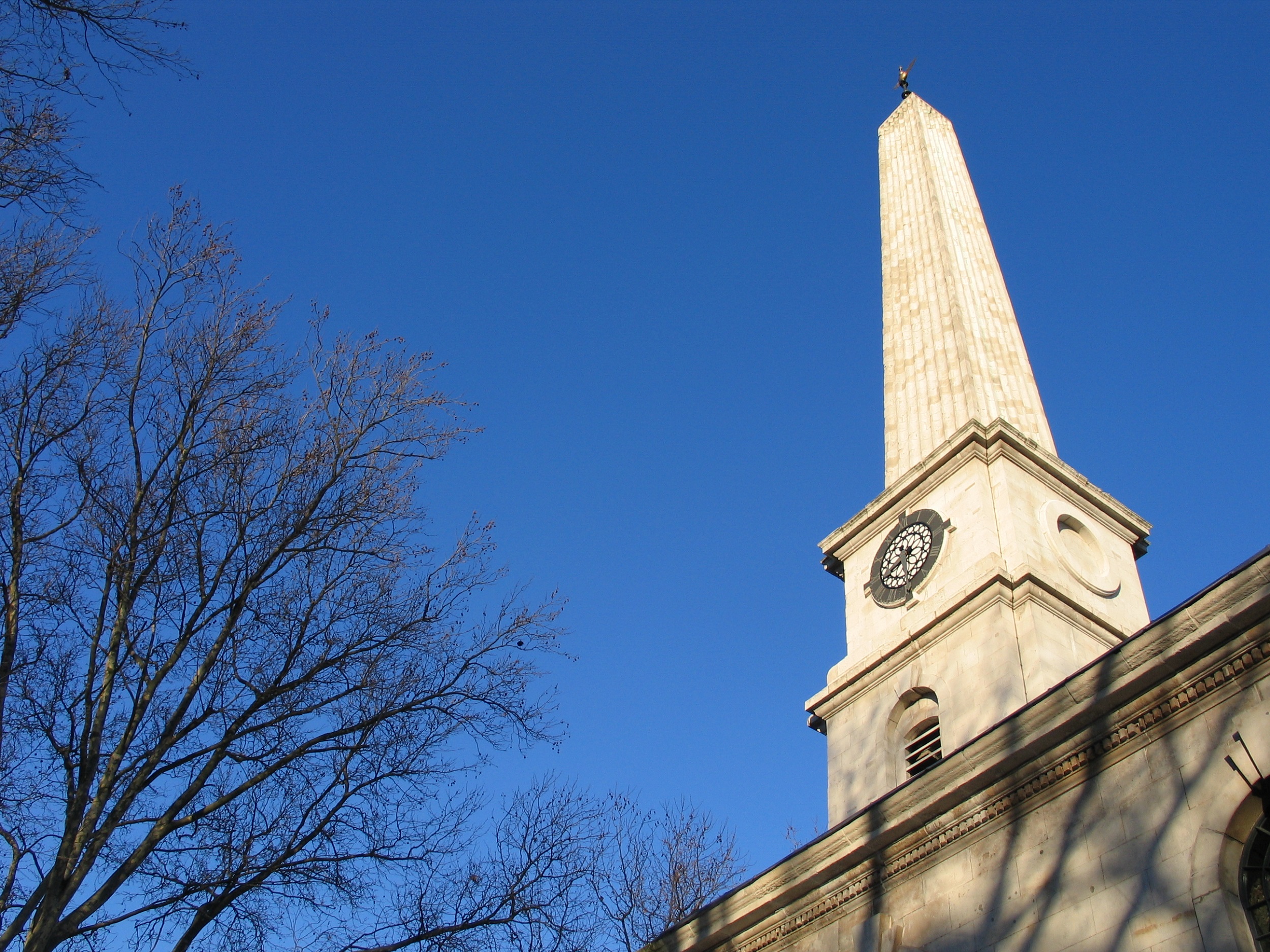
It’s no secret that LSO St Luke’s, a striking Grade I Hawksmoor church dating back to the 18th century, is steeped in history, but a little-known fact about the venue is that parts of it are actually a reconstructed crypt where over 1,000 people were buried.
In 2000, The Oxford Archaeological Unit undertook research at St Luke’s Church, including an exhumation of the north and south churchyards and the crypt. The project was not without hazard. The exhumation involved the opening of potentially dangerous lead-lined coffins and the possibility of diseases such as smallpox and anthrax being present in the remains.
A total of 1052 burials were recorded, and 336 of those were formally identified in the extensive post-excavation phase. The newly excavated space became the café and rehearsal spaces guests can use today.
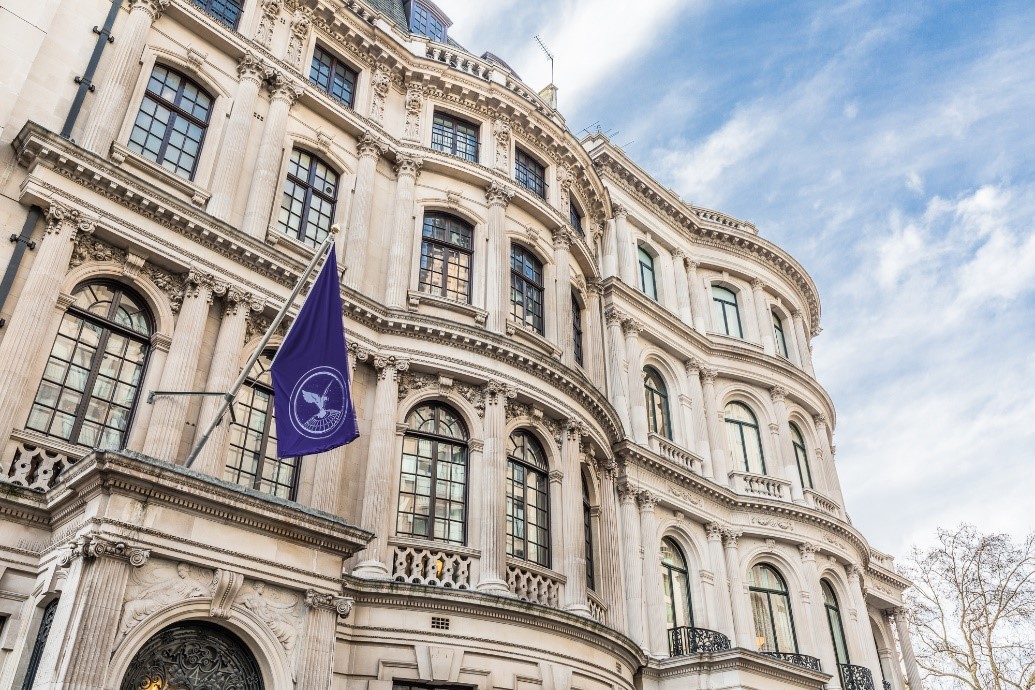
No.4 Hamilton Place is a magnificent Edwardian townhouse situated in the heart of Mayfair but some are unaware that it is home to the Royal Aeronautical Society.
Nods to its aeronautical heritage can be seen throughout No.4 with their most elegant space, the Argyll Room and Terrace, being named after one of the Society’s founding members The Duke of Argyll. Many event spaces throughout the venue are named in accordance to the aeronautical industry, such as the Airbus Business Suite which consists of three spaces ideal for meetings.
The fascinating story behind No.4 Hamilton Place explores notable figures who have taken residence there, such as the Duke of Wellington, before becoming the official headquarters of The Royal Aeronautical Society in 1939. The Society is the world’s only professional body dedicated to the aerospace industry and remains at the forefront of excellence and innovation with over 25,000 members.
Events held at No.4 Hamilton Place certainly have a feeling of grandeur with a beautiful sweeping staircase and chandelier which immediately welcome guests to a venue full with ornate décor and charming British history.
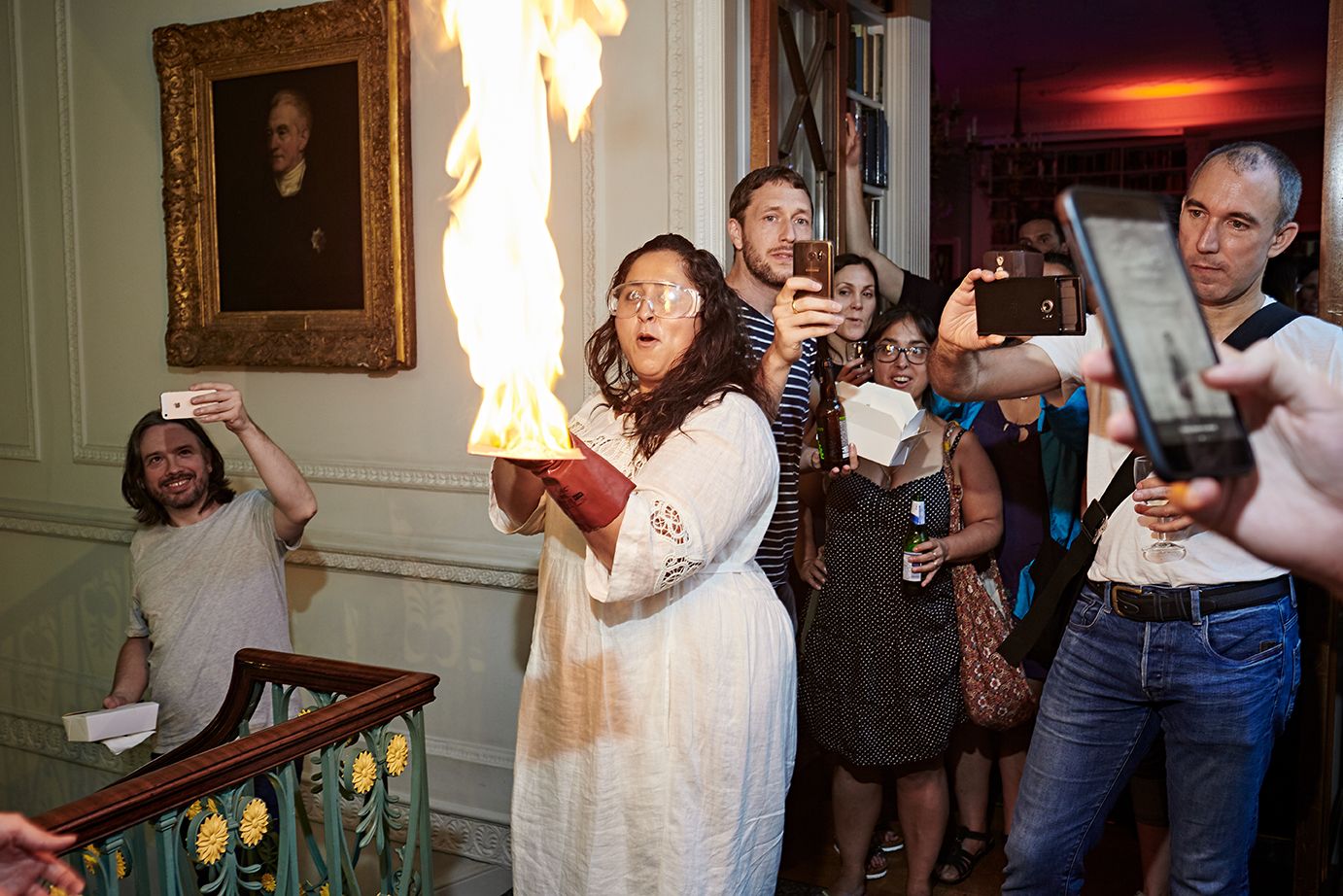
The Royal Institution of Great Britain
The home of science and innovation for over 200 years, the Royal Institution is an independent charity dedicated to connecting people with the world of science, offering an exceptionally elegant and versatile events venue.
With skilled scientists available in-house, the Royal Institution can provide exciting, interactive as well as informative experiences to enhance your event. You can surprise and engage your guests with an explosive science demonstration or ‘canapé science’, livening up your conference or evening reception creating an unforgettable experience with bubbles, blasts and bangs.
Heritage tours and talks are also available, giving guests a deep-dive into the rich history of the Royal Institution and the discoveries that helped change and shape the modern world.
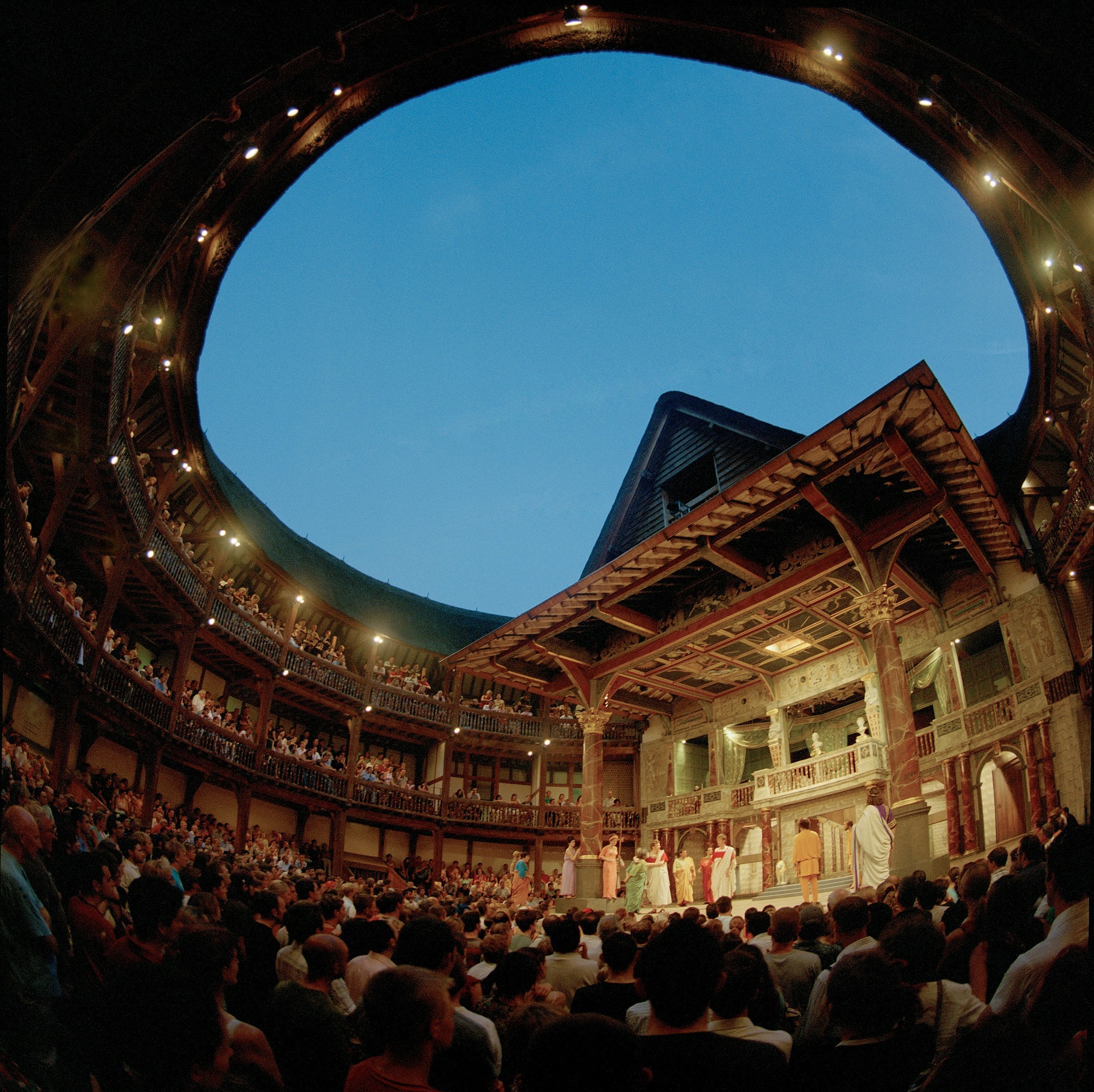
Swan at Shakespeare’s Globe operates alongside two working theatres: Shakespeare’s iconic Globe theatre, and the Sam Wanamaker Playhouse. Guests attending events at Swan often enjoy tours of the venue and the two theatres, as an interesting team building or break-away activity.
The popular Globe tour takes guests on a fascinating journey through the history of plays in London. An expert guide brings the space to life with colourful stories of the 1599 Globe, the reconstruction process in the 1990’s and how the space works today as an imaginative and experimental theatrical space. As the space is a working theatre, sometimes tours take place during rehearsals, giving lucky attendees an exclusive look at this process. Guests also have access to the fascinating Shakespeare exhibition in the Underglobe, which showcases props, costumes and musical instruments from past performances.
The Sam Wanamaker Playhouse tour takes guests into the smaller, but none-the-less beautiful, Jacobean-inspired theatre. Named after the late Sam Wanamaker, the leading figure in the Globe theatres reconstruction on London’s Bankside, the playhouse opened in 2014 and is a reconstruction of the Blackfriars theatre. This venue is where the Globe’s winter season is performed, and it features a beautiful wooden interior, a musicians’ gallery and an ornately painted ceiling, with performances lit by candles on chandeliers and sconces.
